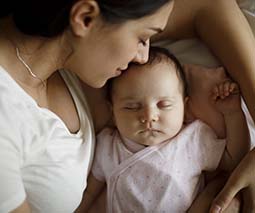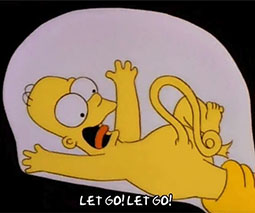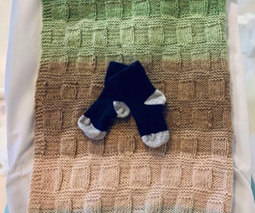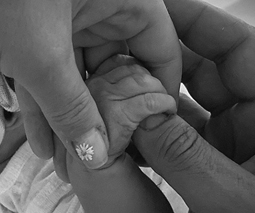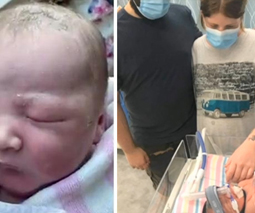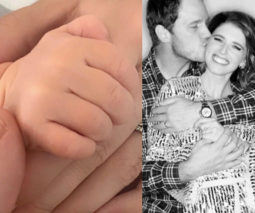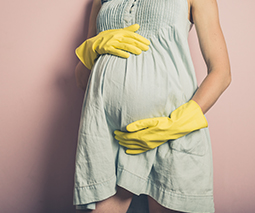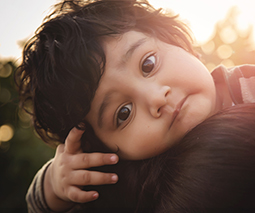My planned c-section was definitely easier – but I did miss out on something
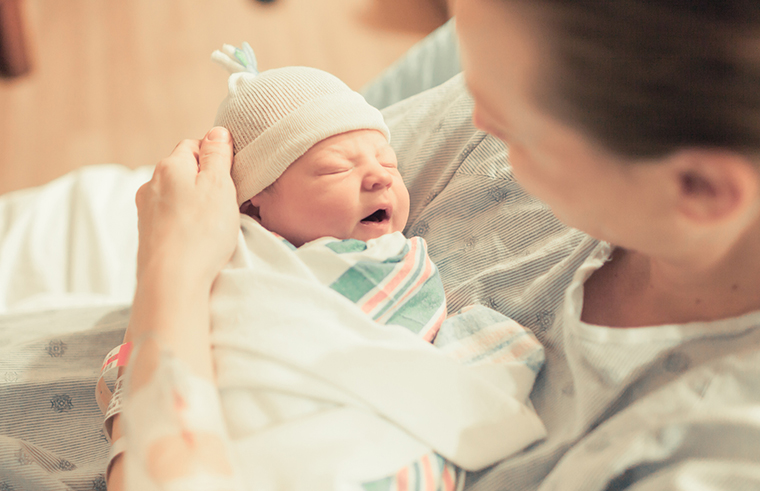
My delight in discovering I was pregnant with our second child was compounded by the idea that I got to “have another go” at birth.
Our first son was born after an epic three-day marathon that ended in failed forceps and an emergency c-section. As a friend said to me shortly after Harry’s arrival, ‘That’s about the worst experience I have ever heard.”
On advice from my GP, the second time around I decided to go with a planned c-section. If you said I was afraid of a repeat first performance, you’d be right. My biggest fear was the memory of my doctor telling me that Harry’s heart rate was dropping and they needed to get him out of me immediately. I didn’t want to face that again.
Connection through trauma
Despite the horror birth experience, Harry and I survived and thrived. From the minute he was in my arms I was in a complete and utter love bubble. We were swimming in a sea of glorious hormonal bliss with a very real sense that the road we’d just walked together would connect us in a special way forever.
Five years on I still feel that to be true.
Two years ago, our second beautiful boy, Lachie was born via planned c-section.
Everything they tell you about the convenience and calm in the lead-up to a planned c-section was true for me. I got to choose the date. I got to pack. I had plenty of time to get our house ready and make birthday cakes for Harry whose birthday was three days later!
On the day of Lachie’s birth, my husband and I arrived at the hospital together after a great night’s sleep. And despite having to wait about four hours longer than planned to get into the delivery room, we were happy and smiling.
Every birth has a lesson
Despite the favourable conditions, this birth experience had its own lessons to teach me.
Harry’s emergency c-section which was all speed and panic, left me with no memory of the epidural needle or the actual birth process. With Lachie’s planned c-section, I was very, very awake.
I squinted my eyes so I wouldn’t have to see the instruments laid out in the operating theatre. And I tried my best not to overhear the conversation between my doctor and the intern about how the process would unfold.
You could say my mindset was ‘head down, bump up!’ I used the time it took for the doctors to get ready to “talk” to my baby and do some deep breathing.
Once the epidural went in, I was overcome by the strange sensation of not being able to feel the lower half of my body. Cognitively, of course, I knew to expect that but feeling it proved to be another experience altogether.
I gripped my husband’s hand tightly. “I can’t feel my toes,” I kept telling him over and over.
The very next thing I knew there was a pair of tiny legs and the cutest bum you’ve ever seen dangling over me.
“He’s looking for you!” my midwife cried.
It was all over so quickly and suddenly I was a mother of two. Just like that!
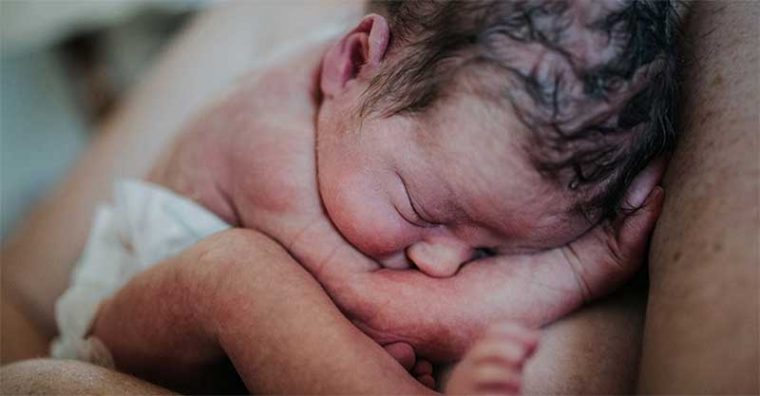
The power of skin to skin
I loved how quickly Lachie was put onto my chest (something I had missed with my first birth) and marvelled at the way his tiny mouth just found its way to the nipple and sucked for dear life.
And there we all stayed for the hour or so it takes to be wheeled in and out of recovery.
My husband was delighted, saying, “That that was the best thing ever!”
I was smug too and completely besotted with our baby boy.
When they wheeled me back into my own room and readied us for the first night ahead – always interesting – something hit me. The birth itself had been so different from my first experience – as I had hoped – but something was missing.
My sense of overwhelming love and need to snuggle with my baby was there but that euphoria of hormones that I remembered so well from Harry’s birth, wasn’t. Instead, I felt an insane kind of itch (a reaction to the morphine) and relief that finally, he was here.
The outcome of a planned c-section birth like this is to be expected, according to birth educator Rhea Dempsey, because I hadn’t experienced the hormonal cycles of natural labour. In a recent interview on The She Births Show podcast, Rhea says our increasing reliance on medical intervention in birth means women lose out on something important.
A ‘crippling phobia of pain’
“We’ve created a crippling phobia of pain,” she says. “But labour pain and natural birth work to support women to push harder to reach their peaks, not unlike marathon runners experience after reaching the top of the mountain. It’s used to propel you forward to meet your baby.”
Once we get over the crest of the pain, a woman in labour is rewarded with a wave of endorphins, and the secretion of the hormone oxytocin that works to bond mother and baby and kickstarts the breastfeeding process too.
“They bring a woman alive to her instincts and the mother and baby can then bond because of the transfer of all the hormones. The mother and baby respond, the instinctive way that human beings have always responded to their babies. The mother and baby are in shared consciousness and that foundation helps them read and learn – this is one of the great gifts of natural childbirth,” says Rhea.
Gratitude for giving life
When I reflect on both of my birth experiences, Rhea’s theory makes sense to me.
The hormonal “high” I experienced after Harry’s birth was a complete and utter standout, but it was also my first taste of motherhood. I went on to ride the oxytocin high thanks to an easy breastfeeding routine with Lachie and the bond we share, though different, is just as strong.
At the end of the day, the most important thing for a mother is to feel safe and supported in her birth experience. And I’ll always be grateful to have ended up the mother of two healthy, happy baby boys.

